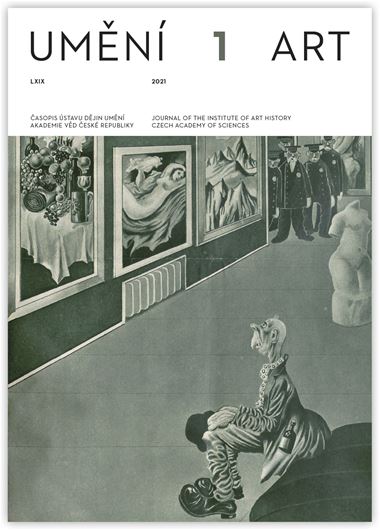Aleksandra Paradowska
‘Hitler’s Officials at Home’ in Germany-Occupied Poland
Former residences of the highest-ranking Nazi officials in Germany-occupied Poland have enjoyed a powerful and haunting presence since the Second World War. Their presence is very much tangible, including the actual buildings or sites where they once used to be, but they are also represented in propaganda photographs and publications from the era. In this paper, I discuss two major residences of this kind which still show traces of German interferences: the former Imperial Castle of Poznań, appropriated by the Wartheland Gauleiter Arthur Greiser, and the Wawel Royal Castle, which was taken up as residence by the Governor-General, Hans Frank. The two building complexes were exposed to a number of significant alterations which were intended to celebrate a new symbolic role to be played by the German centres of power in newly established German administrative units: the Reichsgau Wartheland and the General Government. These residences were redesigned also with Hitler in mind, and each was to provide an apartment suite dedicated to his needs. In my discussion of the two residences and the alterations they were exposed to, I will try to examine the ways with which architecture was used in building the authority of power. Architecture and its visual representations were equally important in the process. In their efforts, two Nazi German officials modelled their ideas on those by Hitler but they also had to face the local context with its existing possibilities and limitations. In order to paint a broader picture of German activities and their symbolic longue durée, I have decided to provide an extended account that includes the alternating periods of occupation and independence: the Partitions of Poland, the Second Polish Republic, the Second World War, the post war period, and today. In my investigations, I draw upon Hitler at Home by Despina Stratigakos (2015) as well as Heritage Studies, especially those branches that explore ‘dissonant heritage’ and ‘the heritage of atrocity.’
Aleksandra Paradowska: aleksandra.paradowska@uap.edu.pl
Author's email:
aleksandra.paradowska@uap.edu.pl
Full-text in the Digital Library of the Czech Academy of Sciences:
https://kramerius.lib.cas.cz/uuid/uuid:df3708d9-124f-426e-b5dc-98d5e0a52c35
< back

